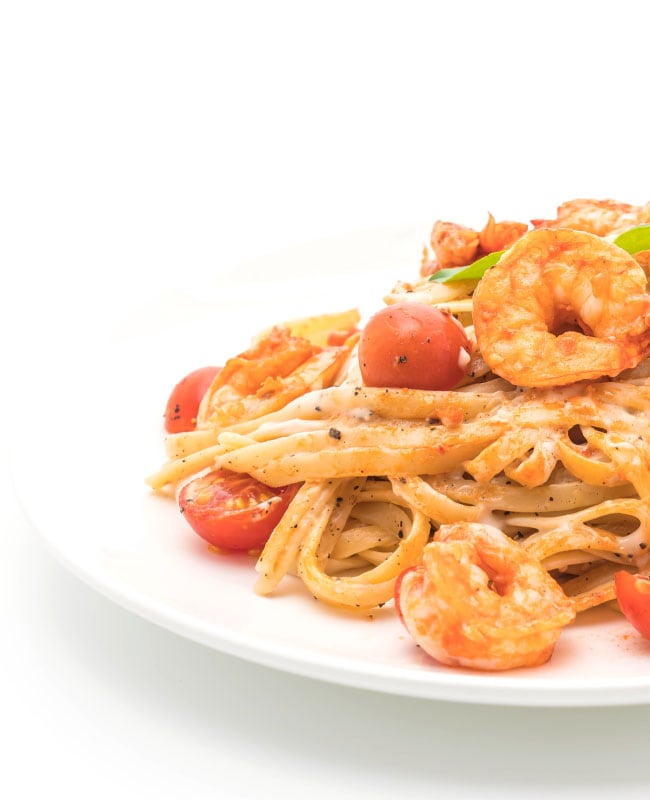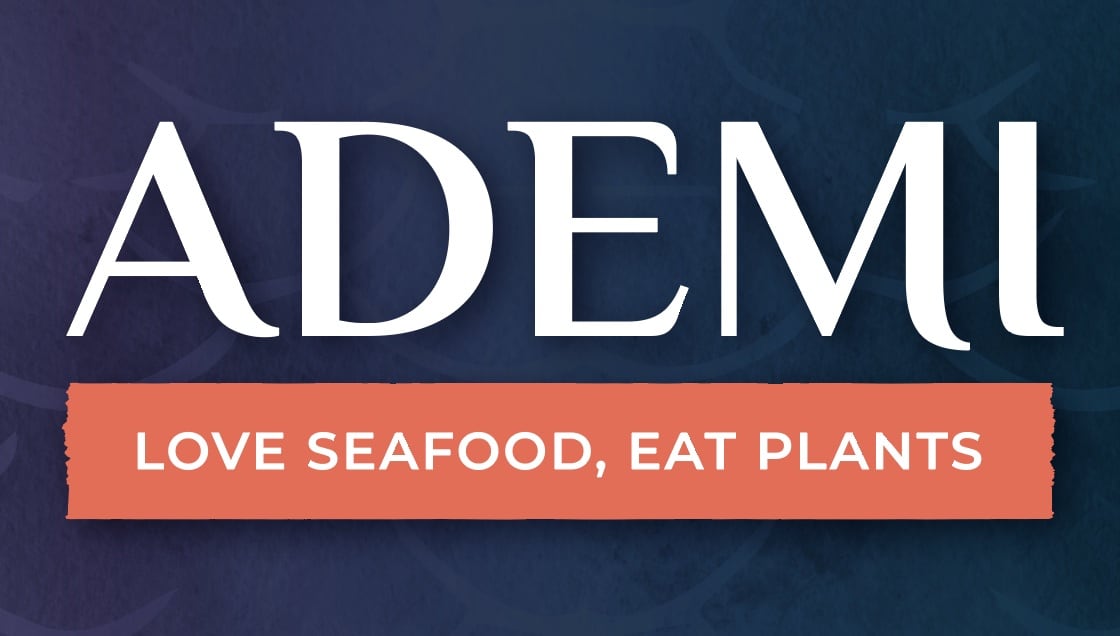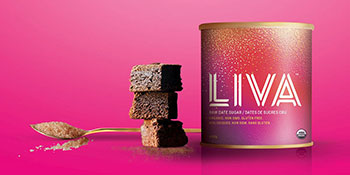Highlights:
- Making a major pivot
- Zeroing in on opportunity
- Key retailer insights
- A winning process
Situation: What now??
Aidar and Aizhan, a charming couple from Kazakhstan, had immigrated to San Francisco to work in the tech sector. Professionals, environmentalists and vegetarians, they wanted to build their own business on the side.
Like us, Aidar and Aizhan believe that food is a huge industry ripe for disruption. Their goal is to normalize plant-based food consumption. The couple called the greater goods when the vegan protein-bar company they had started couldn’t get traction with local stores. What were they to do?
Solution: Seafood!
After an in-depth conversation, we decided to see which other less-crowded markets represented opportunities. We did a full market analysis and quickly zeroed in on animal/fish protein alternatives.
We discovered that while straight-up ‘meat’ alternative categories are already developed, complete with market leaders like Beyond Meat, many other meat-alternative categories were still underdeveloped. Such as seafood. This resonated with the couple, who try to spend as much time as they can at (and in) the Pacific Ocean. They already had a desire to help conserve marine life.
With retail sales of $5.5 billion in 2021, fresh and refrigerated seafood is an enormous category. In the frozen section, seafood is by far the largest category of protein. With sales of just $12 million in 2020, plant-based seafood sales had lots of room to grow. Billions of dollars’ worth, in fact.

Shrimp or salmon?
We narrowed down product choices to salmon and shrimp. The greater goods ultimately suggested developing a vegan salmon product because the sub-category is even less developed than vegan shrimp; there’s no one there at all! But since shrimp is a bigger market, Aidar and Aizhan decided to go with the crustacean option. While veggie shrimp products exist, they don’t do a great job of mimicking the taste, mouthfeel and other properties of real shrimp.
Since other companies were already working on developing a winning shrimp product, the couple needs to get theirs to market quickly. As you might imagine, gaining early entry into a category puts you in a very strong position.
A plan emerges: follow the greater goods’ process
With a specific product in our sights, we were in a great position to continue along with the greater goods process: retailer validation, product development and market launch strategy.
Retailer validation
We developed a presentation to pitch the idea to retailers, who were very excited and gave lots of feedback on how to launch veggie shrimp in a very different, compelling way. The first insight involved launching the product in food service (with restaurants) rather than retail. Once the product got traction in vegan restaurants, we could use that success as a springboard to attract investors for a major launch into retail.
The second insight was that the product needs to succeed in shrimp-tray format. If chilled veggie shrimps with nothing more than seafood sauce manage to win people over, you’ve got a product that will go over well breaded, fried, in soups and any other way you care to prepare it.
Towards market launch
Aidar and Aizhan are now working with a product development firm to develop and refine the product itself. It’s an expensive endeavour, so they have found a firm that believes in their vision and is willing to take an equity position.
Once the prototype is ready, the greater goods will plan the market launch and possibly assist with sourcing a co-manufacturer, as that is something in which we specialize. In the case of veggie shrimp, it might be someone open to developing a new type of production process. At that point, the couple will gear up for a full launch into food service, followed by retail.
What has been gratifying for us is to hear how much Aidar and Aizhan appreciated our process and our strategic advice. They feel really supported. Together, we managed to change direction and find a product that would give them the best chance at success. Which is what we’re all about doing.
Shrimp may be small creatures, but this is a big idea!

